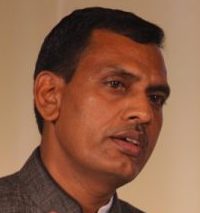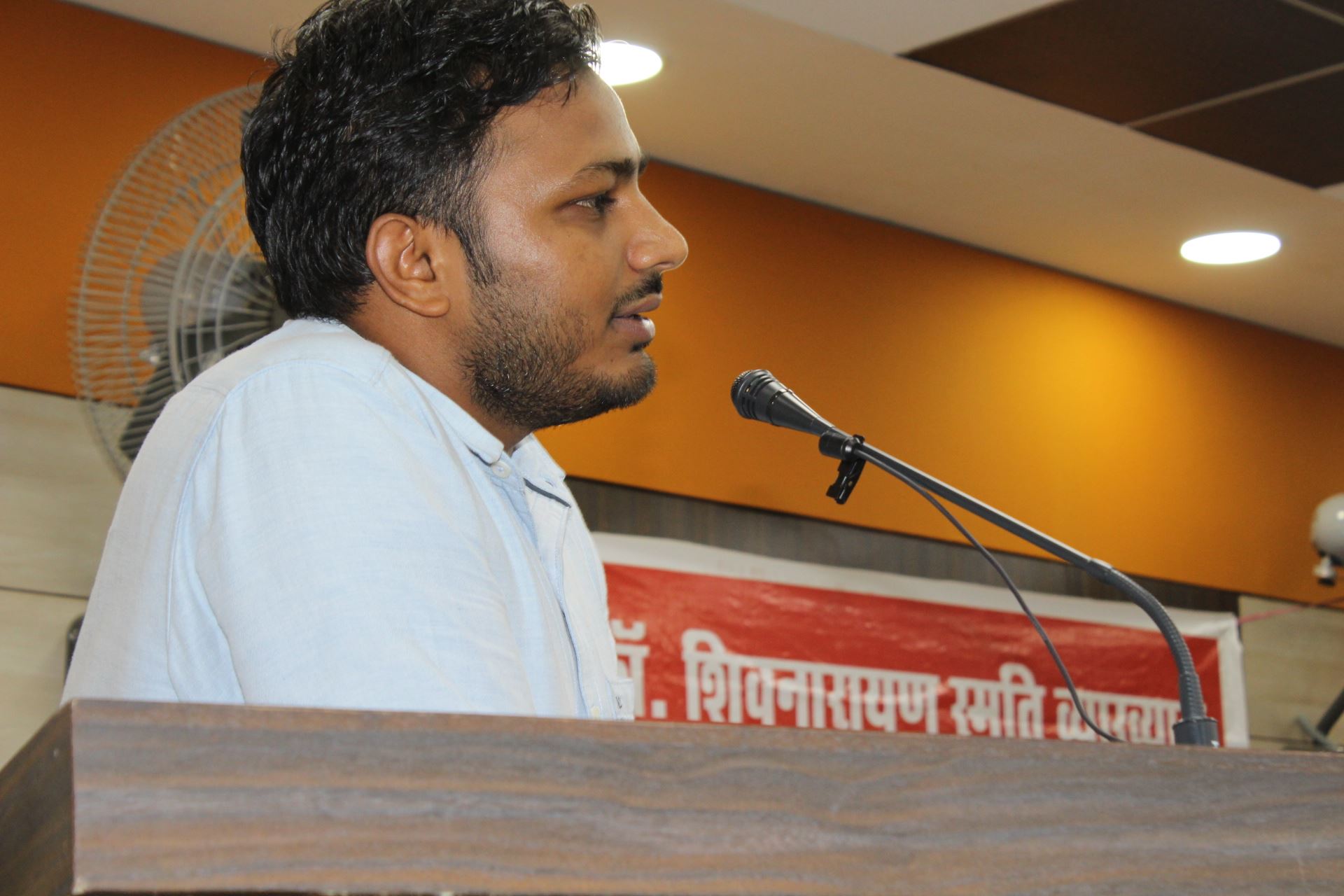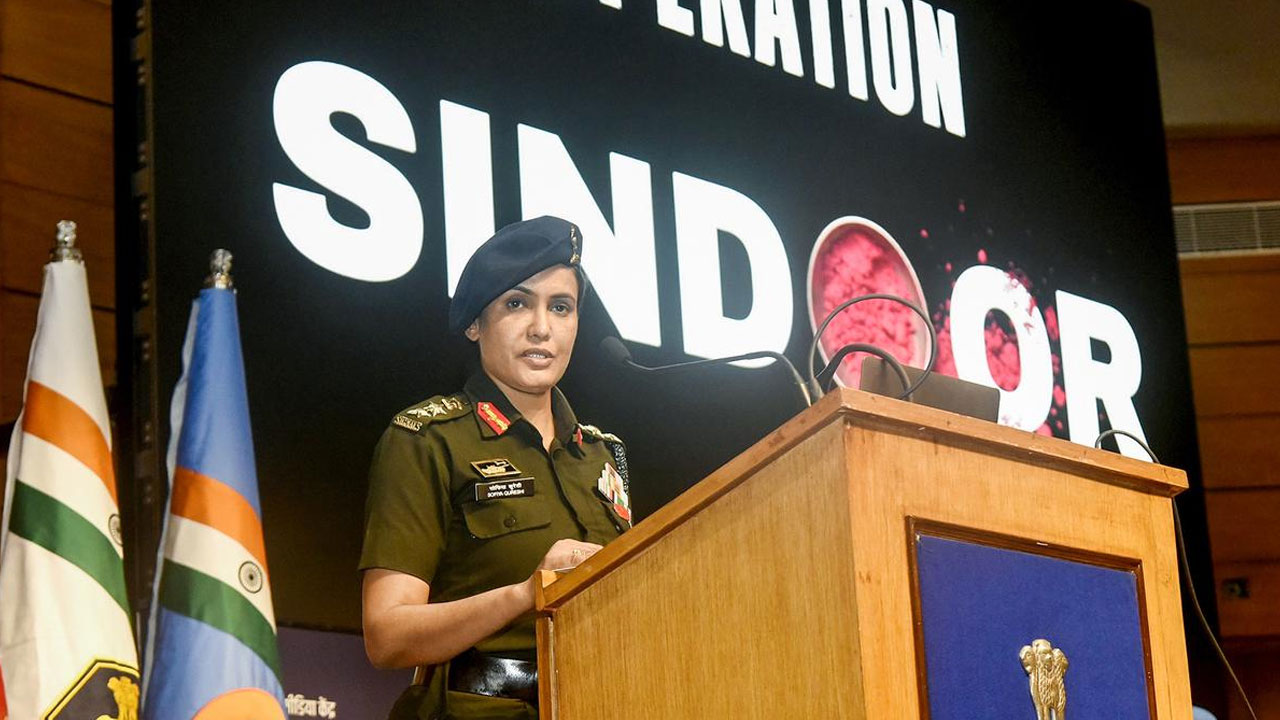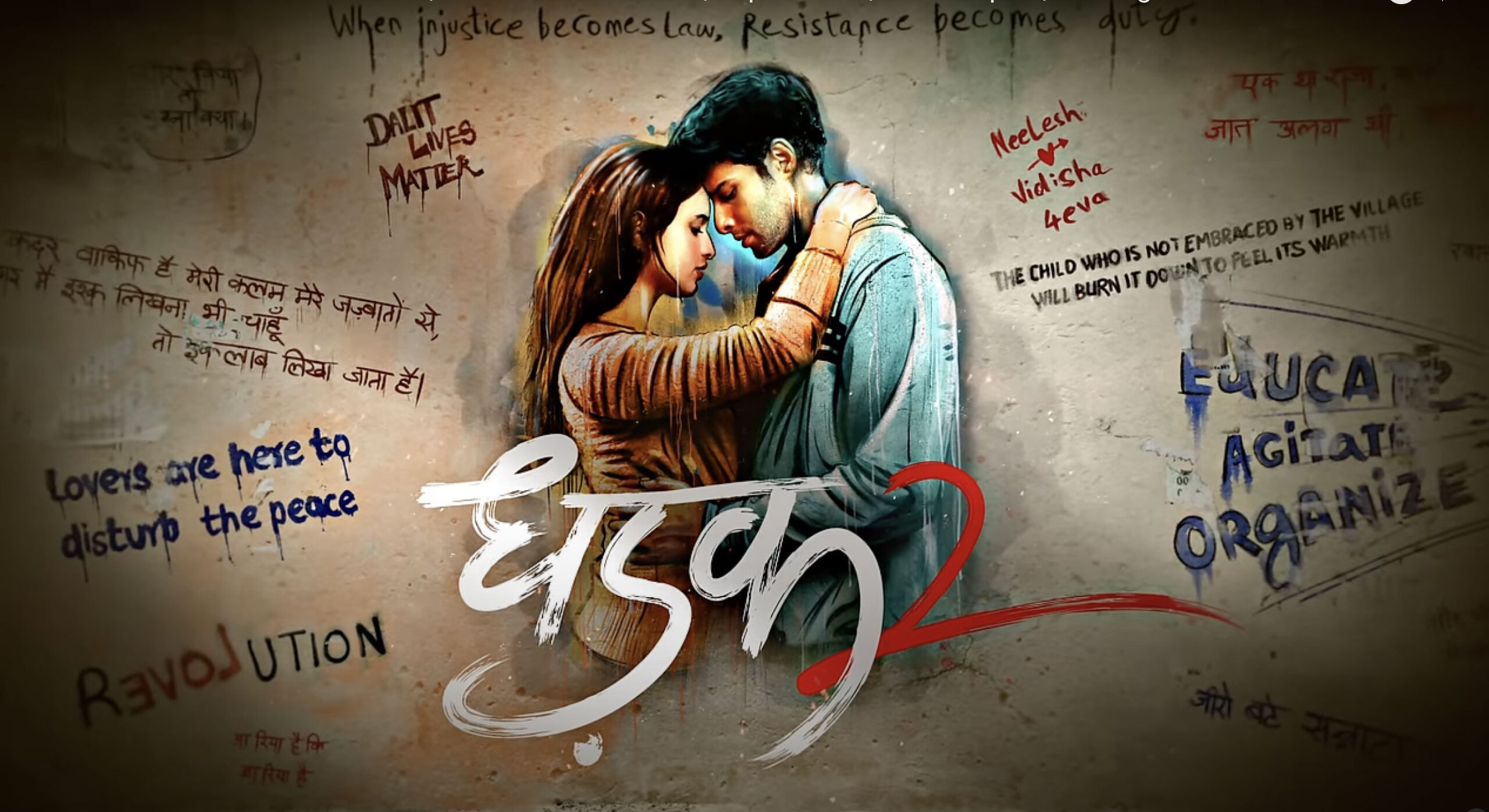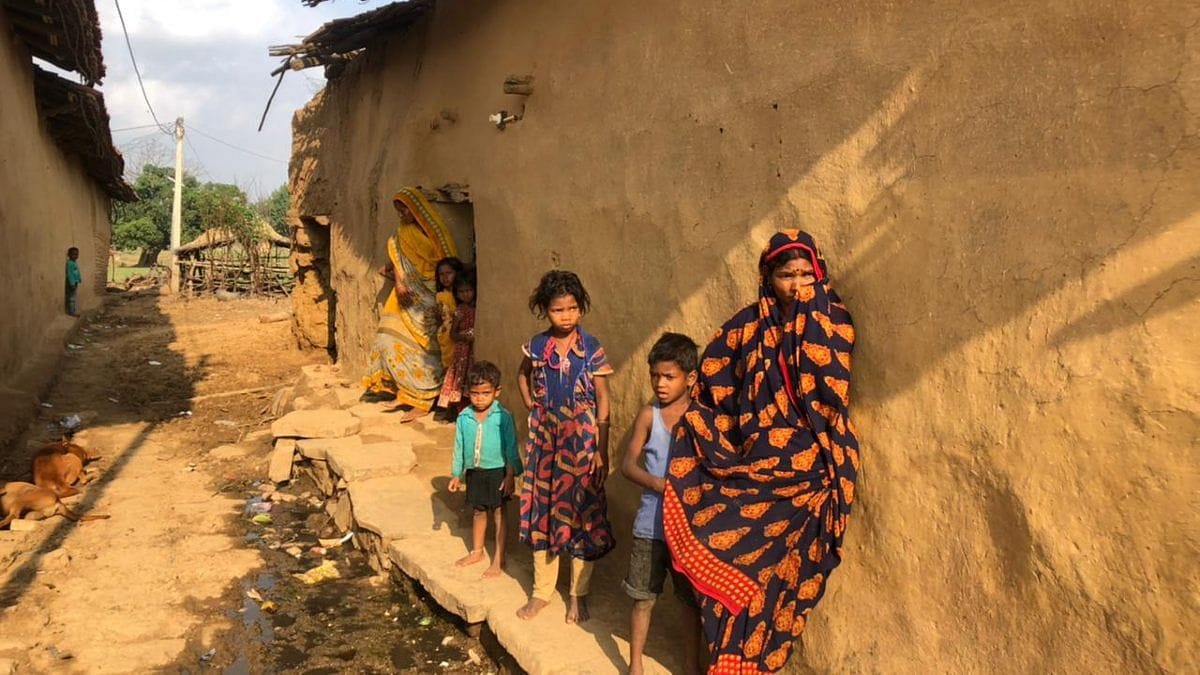The Rashtriya Swayamsevak Sangh (RSS) and the Bharatiya Janata Party (BJP) are in the habit of branding their opponents as Ravana. In 1945, they circulated a cartoon showing Gandhi as a ten-headed Ravana, with an arrow aimed at him. That was based on the Ramkatha, in which Dashrath’s son Ramchandra kills Mahatma Ravana, the ruler of Lanka.
As long as Gandhi was an admirer of the Varna system and did not oppose the caste system, the RSS and other Hindutvavadis didn’t turn against him. But Gandhi launched a people’s movement against untouchability and began staying in the localities of the Untouchables during his tours. After he launched his fast-unto-death that led to the Poona Pact, Hindus were forced to open the doors of their temples to the Untouchables and had to allow them to draw water from public wells. Leaders of Hindu Mahasabha like Pandit Madan Mohan Malaviya had to put their signatures to the Poona Pact. This turned Gandhi from a hero to a villain. He was attacked – verbally, intellectually and physically – on numerous occasions and ultimately, the rabid Sanatanis shot him. Those who were involved in Gandhi’s murder are idolized today and temples dedicated to his assassin Godse have come up, where the killer is worshipped like a god.
Gandhi was basically a Sanatani Hindu. He believed in caste, vegetarianism, celibacy, the Gita and the cow. For the protection of Hinduism, Gandhi began a fast-unto-death in protest against a separate electorate for the Untouchables. To save his life, Ambedkar acquiesced to his demand, even if reluctantly. Until the end of his life, Gandhi had the name Rama on his lips and Bhagwat Gita in his hands. Still, why was he branded as a Ravana and killed? Was it because he was to be blamed for the formation of Pakistan? Or for Muslim appeasement? Or because at his instance, Rs 55 lakh were paid to Pakistan by the Government of India? Or because he laid stress on Hindu-Muslim brotherhood?
Some of these factors might have pushed the diehard Hindutvavadis in the direction of committing his murder. But the inspiration to kill Gandhi must have come from the ideology which considers itself the best, the highest and the most sacred. The history of this ideology is soaked in blood – the blood they spilled in their so-called “vadhs”. Gandhi’s assassins call his murder, a “vadh”. The killing of opponents of Sanatani culture is called “vadh”. A “vadh” is not considered violence. It is considered a pious act. It is considered a part of the endeavour to banish the evil from this earth and re-establish the rule of “dharma”.
The Untouchables were slaves to the Sanatanis, they were filthy and lowly, so much so that even their shadow was polluting and they were settled in the southern end of the villages so that the air blowing from their habitations could not pollute the upper castes. Now, Gandhi wanted the Sanatanis to be magnanimous towards these people, he wanted a change of heart on the part of the Sanatanis. He wanted unhindered entry to public places for the Untouchables, he insisted that Untouchables visit his ashram. All this turned the Sanatanis against him. But the proverbial last straw came when, in 1935, Gandhi allowed a Dalit weaver couple from Gujarat to stay in his Sabarmati ashram. This was more than his Sanatani admirers and financiers could take and the Sabarmati Ashram was soon on the verge of closure. But Gandhi did not relent. He did not dilute his stand against untouchability. You may or may not agree with Gandhi’s way of eliminating untouchability, but no one can deny that he made sincere efforts in that direction.
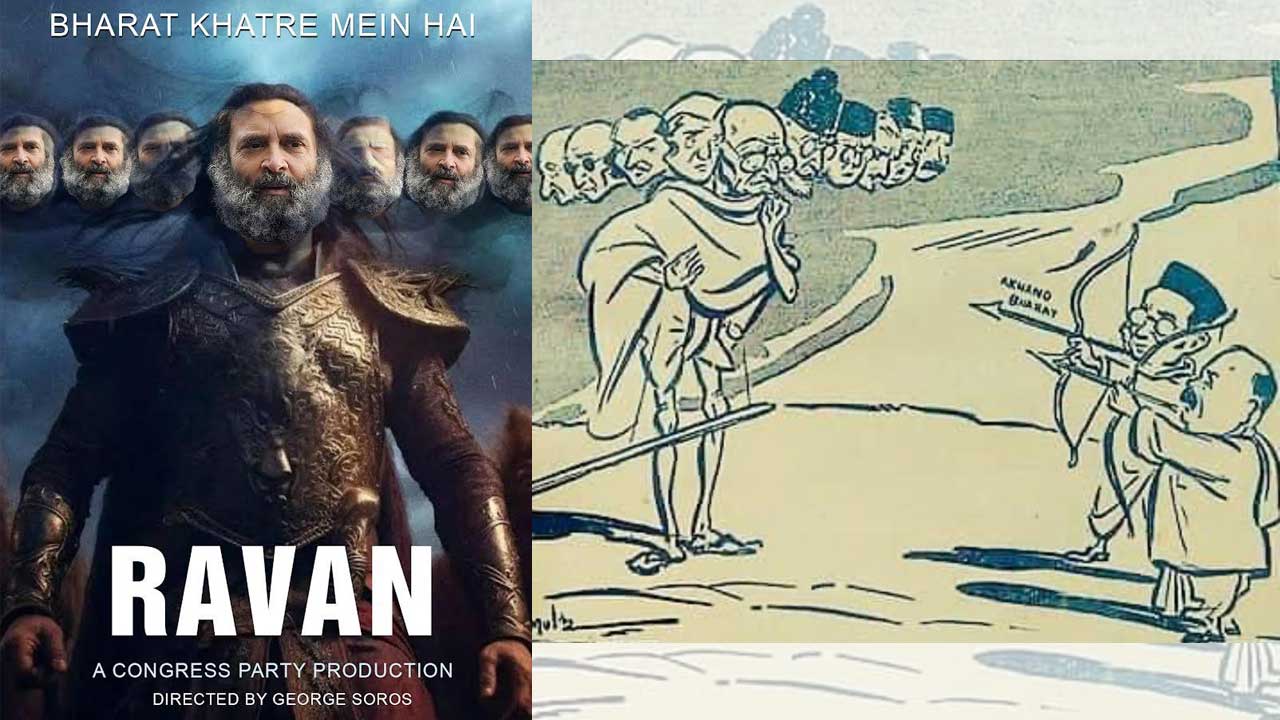
Thus, Gandhi became a Ravana for the Sangh and the Hindutvavadis after he began working against Varna and caste superiority, after he changed his views on the caste and Varna system. He was a changed man after his fast-unto-death in the Yerwada Jail and the Poona Pact of 1932. Elimination of untouchability became one of his priorities and he declared that he would attend only inter-caste weddings and that too only those in which either the groom or the bride was an Untouchable. Gandhi, who was an old supporter of communal feasts, had now come out in support of inter-caste marriages. Even before the Poona Pact, the Untouchables had begun getting political representation. This enraged the conservative, brahmanical and Sanatani Hindus to no end. And that led to Gandhi’s murder.
Now, let us talk about Rahul Gandhi, who has been branded as a Ravana by the BJP, the political wing of the RSS. The RSS-BJP had earlier spent crores on building his image as “Pappu” – an adult with a child’s mind, a man who cannot wrap his head around or express complex ideas. He was also projected as an insensitive, reluctant politician, who was antithetical to religion and spiritualism and believed in “eat, drink and be merry” philosophy. He was also projected as anti-Ram, anti-Hindu and anti-Indianness.
The BJP and RSS have been so brutal, so intolerant, in their attacks on Rahul Gandhi that it will be difficult to find a parallel. All kinds of expletives have been hurled at him, he has been made a butt of jokes, edited videos on him have been made viral, and an entire army of trolls has been let loose on him. Then, the media also hasn’t spared him. He has become the victim of virulent character assassination campaigns. But Rahul Gandhi opened his small “Mohabbat ki Dukan” (a shop of love) in the huge “Nafrat Ka Bazaar” (market of hate). He swallowed the poison of hatred against him just as he had swallowed the deep agony of the brutal assassinations of his grandmother and father.
Rahul Gandhi is just an MP, but he has become the voice of resistance against the powers that be. He is no longer yet another politician stuck in electoral and party politics. He is being seen as a person who feels and shares the pain of the ordinary Indian, of the oppressed, of the deprived and of the left-outs.
In the context of present-day Indian politics, Rahul Gandhi is a rare phenomenon. An ordinary-looking man wearing white T-shirt and pants walks on foot from Kanyakumari to Kashmir. This padayatra, which covered at least half of India, has punctured his “Pappu” image for good. The people showered love and affection on him and he emerged as a true people’s leader.
This development is nothing less than a devastating shock for the RSS-BJP, its troll army as well as the Manuwadi media. Rahul Gandhi is trying to fashion his image as a social worker rather than as a typical politician. He sometimes joins bike mechanics in their work. On other occasions, he is a comrade of the coolies and carpenters. His politics revolve around ordinary folks. His language has changed and he is establishing himself as a flag-bearer of social justice.
Now that Rahul Gandhi has started backing the demand for caste census and is talking of representation to Dalits, Adivasis and OBCs in proportion to their population, the RSS-BJP are bound to be rattled. It seems as if history is repeating itself. From Mahatma Gandhi to Rahul Gandhi, whenever the country’s politics veers towards the struggle for social justice, the real face of the RSS-BJP – the regressive, rabidly conservative Sanatani face – gets exposed. Like they did with Mahatma Gandhi, they are now branding Rahul Gandhi as Ravana.
(Translated from the original Hindi by Amrish Herdenia)
Forward Press also publishes books on Bahujan issues. Forward Press Books sheds light on the widespread problems as well as the finer aspects of Bahujan (Dalit, OBC, Adivasi, Nomadic, Pasmanda) society, culture, literature and politics. Contact us for a list of FP Books’ titles and to order. Mobile: +917827427311, Email: info@forwardmagazine.in)
